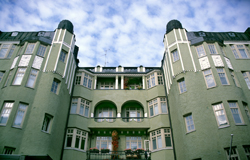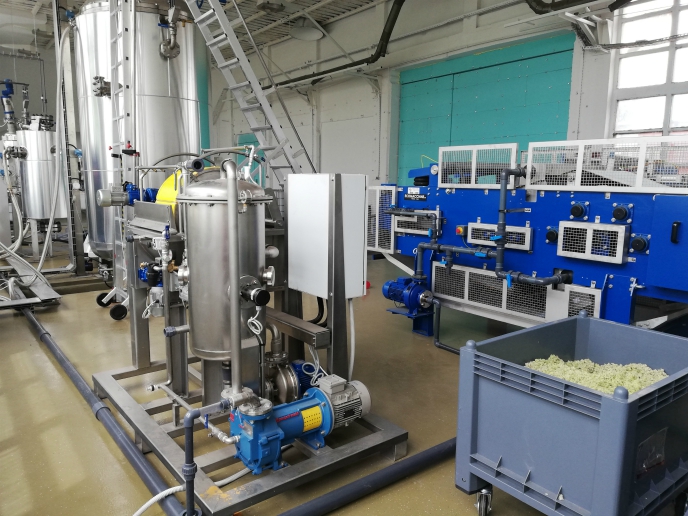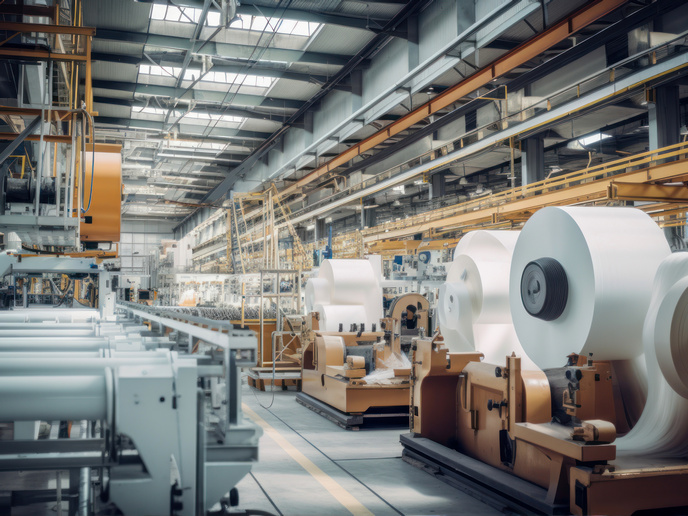Green and friendly walls for European buildings
Europe's building sector is facing major refurbishment requirements, with external walls representing one of the areas most urgently in need of attention. The walls have an extensive effect on the performance of buildings, and several aspects must be considered in developing solutions. Aspects include energy consumption, building physical behaviour and durability, integration with building structure, details and building services, and effect on indoor environment. Aesthetics are also an important aspect. Against this backdrop, the project 'Sustainable refurbishment of building facades and external walls'(opens in new window) (SUSREF) outlined a set of objectives aiming to address the issues discussed above. Partners worked to identify needs relevant to refurbishing buildings in the EU, in order to understand the related environmental and economic impacts. They developed a systemised approach for assessing and developing refurbishment concepts for exterior walls, and evolved general and specific refurbishment concepts. All project work was carried out with a view to being able to export the knowledge and technologies produced to neighbouring areas with similar needs. Project partners used existing models of refurbishment solutions, and further developed them to better suit SUSREF's overall goals and objectives. They also used existing and advanced technological solutions, and analysed, modelled, improved and developed concepts for selection to take into account regional and localised climatic conditions. The solutions also needed to ensure good functionality and optimise energy and environmental efficiency. The potential savings in energy and costs were assessed using scenarios for the refurbishment of external walls. Although total investment cost was assessed at some EUR 28 000 million per year for energy-related refurbishments, annual savings in energy costs were assessed to stand at EUR 2 500 million. The estimated potential for carbon dioxide (CO2) savings is 72 million tonnes per year. SUSREF produced guidelines for refurbishment projects and the building industry, as well as recommendations for standardisation bodies and policymakers. Successful project outcomes contribute to the development of functional and environmentally efficient technologies and concepts that will support European industry. Beyond the advantages immediately relevant to Europe's building stock, industry will be able to export technology and projects, and support and advise neighbouring areas in their adoption of more sustainable technologies.







